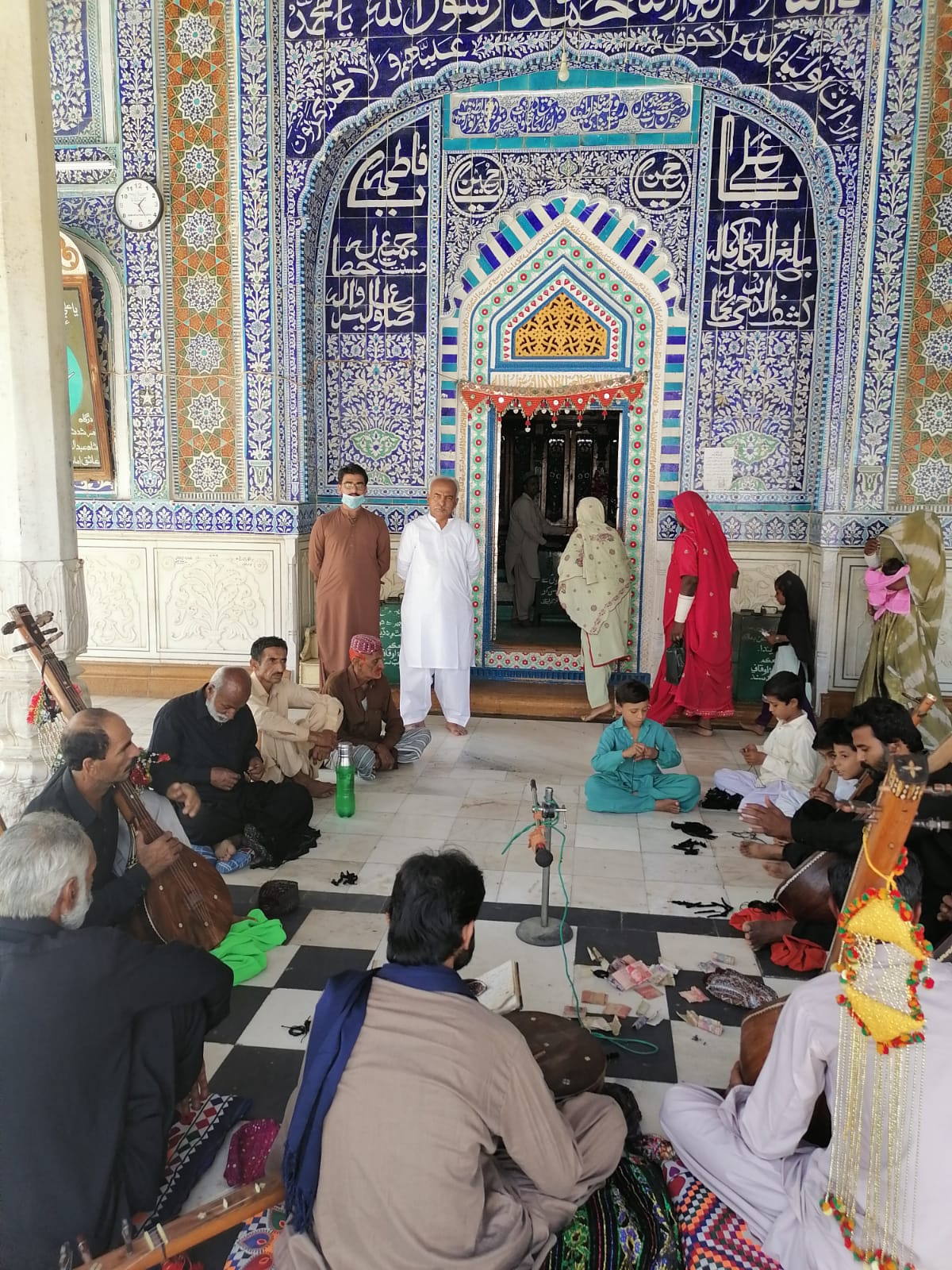
The description of natural beauty with special focus on human behavior goes on and on throughout the poetry of Latif.
By Noor Ahmed Janjhi
As you enter into the main courtyard of the shrine of Shah Abdul Latif Bhittai, you will notice a kirer tree in the north western corner adjacent to the wall of the Mosque. The plant of kirer grows in sandy area and reflects flavor of nature. Shah Abdul Latif, a great poet of world is also a great poet of nature with special focus on human behavior. Generally, renowned English poet, William Wordsworth is regarded as the poet of nature because of poems depicting the scenic beauty of nature. Daffodils can be quoted as the good example in this regard. Shah Latif’s poetry mostly describes nature or natural beauty. He expresses it in an effective way through the language of the masses. People belonging to every walk of like recite his poetry, get inspiration from it and narrate the same before others. He has described a good variety of flora and fauna in his poetry. He moves ahead with his own thesis and style. Conciseness of his poetry accommodates many things. The tone and tenor of his poetry is very touchy and effective because it is not only the word but it also is the voice. He points out beauty in every couplet, either beauty of nature or beauty of human behavior. He depicts scenic beauty of rainfall season in his sur Saring and beauty of mountain ranges in surs of Sassui. Sur Marui portrays beauty and simplicity of Thar and resilient behavior of the people living there. Sur Samoondi takes us to the beauty of sea and the behavior and culture of seafarers. In this way all the surs of his poetry reflect beauty with a special focus on human behavior. In a bait he describes the scene of clouds with a beautiful view of rainbow. He says…
ڪڪر ڪوٽ برج پرين جت سڄڻ سحرون ڪن
آئون مٿان تن انڊلٺ ٿي اڀران
(There are the forts of clouds with domes and beloved, where the well-wishing friends stay; may I rise over them like a rainbow)
The beautiful clouds with great towers in the sky reflect great aspect of natural beauty. During such a beautiful atmosphere presence of beloved and well-wishers adds value and the poet himself wants to be arisen colorfully over them. The clouds, well-wishers, beloved and the rainbow portray a complete set of beautiful setting. The concept of beloved emerges from sweetness and beauty. Shah saeen codifies that sweetness and beauty in these words:
هن تاري هن هيٺ هت منهنجا سپرين
سڄڻ ماکي ميٺ ڪوڙا ٿين نه ڪڏهن
(Either behind this star or that one, my beloved is there. The beloved is as sweet as honey and never tastes bitter at all)

The couplet presents a good example of sweetness and beauty. He has depicted the beauty of sun and the moon with special comparison of the beauty of beloved. Sunshine and moonlight attract every human being. Bhittai also describes potential of the beauty of the sun and moon in the following bait,
سهسين سڄن اڀري چوراسي چنڊن
باالله ري پرين سڀ اونداهي ڀانئيان
(If hundreds of the sun may arise and eighty four moons, moons of the whole year, by God, without the beloved, there will be darkness all)
Natural beauty has also a diversified profile. Topography offers different layers. Deserts, seas, plains and mountains are parts of that diversity. Bhittai attributes the natural diversity to the story of Mansur Hallaj. He says…
جر ٿر تک تنوار وڻ ٽڻ وائي هڪڙي
سڀئي شئي ٿيا سوري سزاوار
همه منصور هزار ڪهڙا چاڙھيو چاڙھيين
(Waters, deserts, tropics cry all. Trees, plants with same cry fall. All the things deserve crucification tall. To whom you will crucify, Mansurs are all)
 Thus, the description of natural beauty with special focus on human behavior goes on and on throughout the poetry of Latif. It is the need of hour, to spread the message of Latif, the message of natural beauty and humanism.
Thus, the description of natural beauty with special focus on human behavior goes on and on throughout the poetry of Latif. It is the need of hour, to spread the message of Latif, the message of natural beauty and humanism.
[author title=”Noor Ahmed Janjhi” image=”https://sindhcourier.com/wp-content/uploads/2021/05/Noor-Ahmed-Janjhi-Sindh-Courier.jpg”]Noor Ahmed Janjhi is a senior educationist based in Desert District Tharparkar Sindh. He is author of several books in Sindhi and English on folk literature including two poetry books.[/author]